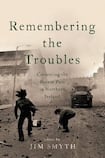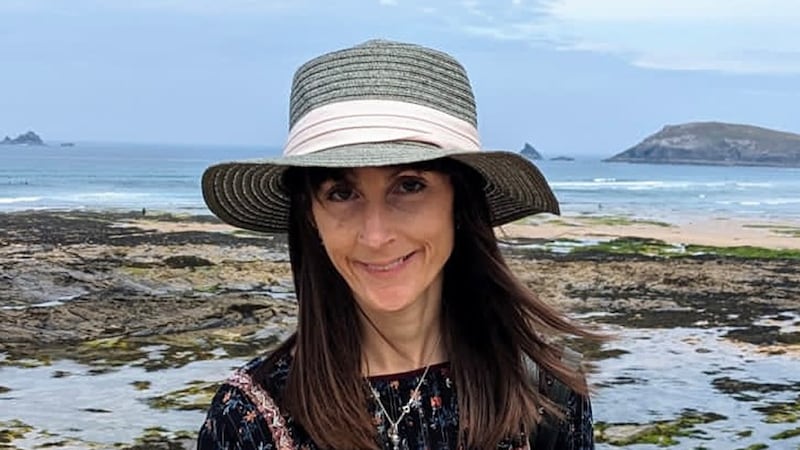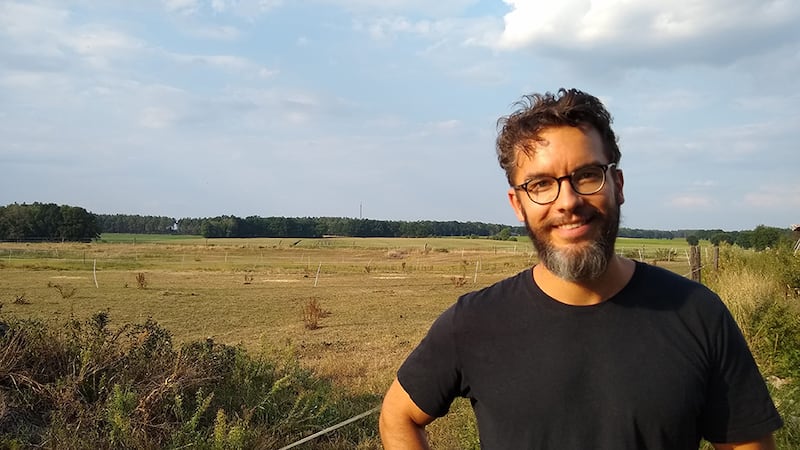
For the reviewer in search of a quotation with which to sum up the work under consideration, Remembering the Troubles offers an embarrassment of riches. "Among the more abiding cliches about the Irish and their troubles is that they are locked into history," writes Jim Smyth, before going on to cite Sir Ken Bloomfield's rueful observation that "anniversaries are the curse of Ireland". For the historian ATQ Stewart, "In Ireland, all history is applied history. The past is present."
Such is the complexity of the challenge faced by Smyth and his fellow contributors – to navigate the contested waters of Northern Ireland’s recent past with charts drawn from collective memories that are inherently subjective and unreliable.
It proves to be a difficult task. As the contributors rightly point out, even the terminology used is fraught. “The past” and its twin, “dealing with the past”, are referred to in quotation marks; so too is “the Troubles”, the euphemism adopted to describe a conflict which killed more than 3,700 people. “Northern Ireland” is used because “no agreed upon term is available”.
Ian McBride, in the optimistically-titled “The Truth about the Troubles”, references the variety of submissions made to the Healing Through Remembering project (2002), which ranged “from lengthy disquisitions with citations of Bourdieu or Derrida to the brief declaration that loyalist and republican paramilitaries deserved to ‘Rot in Hell’”.
For the academic, it is a testing landscape, but it is to the credit of each of these essayists that its complexities and contradictions are not only acknowledged but embraced.
This is no “monochrome remembrance of the past”. Instead, each of the key actors in the conflict – the Provisional and Official IRA, Loyalists, the British Army – is considered in a separate essay which sheds a critical light on how they are perceived in collective memory and their roles in creating and perpetuating those memories through acts of commemoration.
Most striking are the parallels drawn between these organisations – the way in which commemorations and memorials are used to bestow legitimacy and also to reinforce division; the culture of secrecy which often surrounds the past despite very public acts of remembrance; and the contemporary purpose served by these and by “official” accounts of the past.
Smyth’s article, “Milltown Cemetery and the Politics of Remembrance”, offers an insightful analysis of the Belfast graveyard as the “republican Cenotaph” – the site of “funerals as political theatre” with a strong “visual vocabulary” on its memorials and inscriptions which are “historical texts as well as finely-calibrated political statements”.
“The INLA/IRSP one even manages to combine the ancient symbol of Irish Christianity, the Celtic cross, with the symbols of contemporary republicanism, the Easter Lily, and of late 20th-century international revolutionary chic, a raised fist clutching an AK47 assault rifle against the background of a red star.”
Perhaps most revelatory is the work on the security forces, which have seldom been considered in the context of remembrance. McBride points out that the British Army, RUC and UDR usually mourn their Troubles dead in largely closed spaces, and Aaron Edwards, in his chapter on the British Army, posits that this is due to the “subculture of anonymity” among the security forces.
It seems incredible that, when the British army left Northern Ireland at the end of Operation Banner in 2007, 250 memorials commemorating soldiers killed in the Troubles were removed by the Ministry of Defence.
This was ostensibly because they could not guarantee the security of the memorials, Edwards writes, but also because the “proliferation of sites of mourning did not serve the state’s penchant for the ‘channelling of remembrance’” and the dynamics of state-led commemoration which sees army deaths commemorated on collective monuments regardless of time or place.
An interesting parallel is drawn by McBride, who charts the “political and demographic retreat of unionism” west of the Bann through its lack of ownership of public spaces, and gives the example of Derry’s Guildhall Square, “once the preserve of the city’s unionist establishment, [which] provided the stage for the dramatic broadcast of David Cameron’s apology to the Bloody Sunday families”.
As a journalist who was present on that day, I would add that many of the thousands watching were fully aware of that significance and of the inherent symbolism of the family members emerging from the Guildhall itself – the former seat of the Unionist-dominated Londonderry Corporation – to proclaim their loved ones’ innocence.
Indeed, it is the fluid nature of memory – coloured by personal experiences and interpretations, and reinforced or undermined by the context of contemporary politics and by the rituals of commemoration which mark Northern Ireland’s calendar – which poses the greatest challenge to the historian.
McBride’s assessment of the Bloody Sunday Justice Campaign – that it demonstrates “the remarkable capacity of republicanism to reinvent itself, successfully internationalising the elaborate rituals that grew up around the annual commemoration of the 14 unarmed protesters killed by soldiers of the Parachute Regiment on 30 January 1972” – would be strongly refuted by the campaign, which consciously avoided affiliation with any political grouping and once successfully sued a newspaper which claimed otherwise.
If anything, this illustrates the difficulties inherent in any study of memory – that, as Smyth puts it, “what some people believed, or believe, to be the case, no matter how inaccurate they were or may be, are ‘facts’ in their own right, and facts which call for analysis”.
James W McAuley, in his article on loyalism, quotes Homi Bhabha that remembering often involves “a putting together of the dismembered past to make sense of the trauma of the present”.
The final essay in this collection is a personal one, an account by Belfast-born Cathal Goan of his father’s experience of being forced to drive a bomb into the city centre in his bread van.
It’s based on a statement written by his father which had lain, forgotten, in a bank vault in Co Donegal until after his death in 2001.
The reflection it provoked in Goan – that it was “such a vicious and vengeful time” – is surely a useful antidote to the sanitisation of the past that is continually being wrought by both “official” acts of commemoration, and by time itself.
In that context, Remembering the Troubles serves as a valuable contribution to the act of "remembering the Troubles openly".
Freya McClements is a writer and journalist based in Derry













